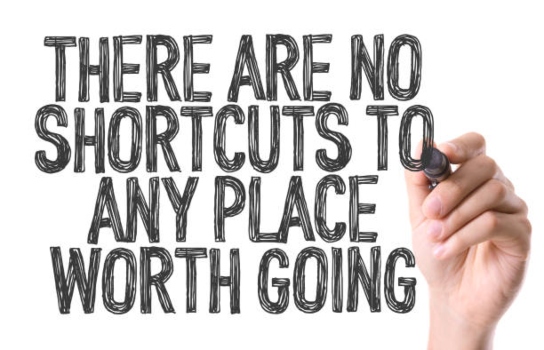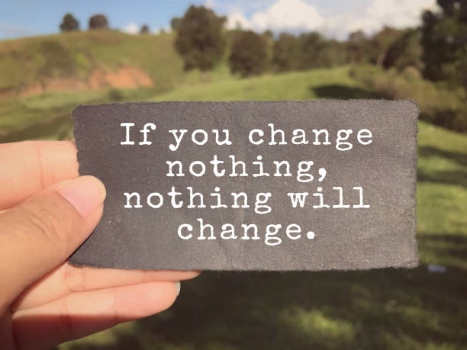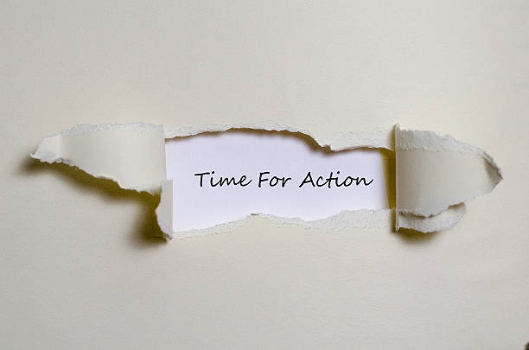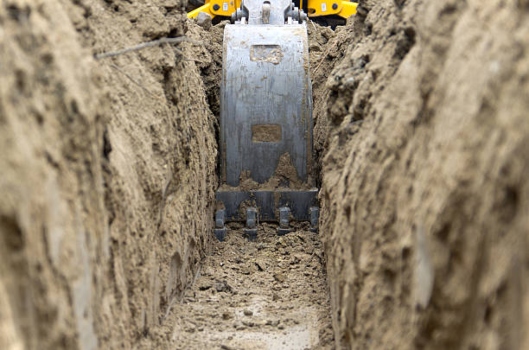And You Never Know Where Those Connections Will Come From
The first couple of years as a self-employed construction contractor were a lot different than Gene expected. He’s beginning to wonder if owning his own business is worth it. It certainly isn’t what he expected.
All the headaches and problems that he’s encountered are causing him to have second thoughts about his construction job and going into business.
Working long days doing construction and late nights doing paperwork feels like being stuck in a rut. With help not showing up and Gene having to do more work, the rut just gets deeper.
Add to this the truck transmission going out. Having to borrow money to fix it. The disagreement with the customer that cost Gene $1,000 and the bottom of the rut has now turned to mud.
Then, the bottom of the rut falls out when Gene finds out he owes more than $17,000 in income tax and he doesn’t have the money to pay it.

At the end of the day, Gene could make more and work less flipping burgers.
It’s been a rough couple of years for Gene, but this isn’t to say that everything has been bad.
At the end of the day, it’s rewarding to look at what he’s built. There are customers whose lives have been improved by the construction projects he’s done for them. The freedom of having control is nice. Not to mention that Gene did have a profitable year…otherwise he wouldn’t have owed the income tax.
As another week winds down, Gene decided to do something that is nearly unheard of…he’s going to take a day off work.
Some of Gene’s friends have been pestering him to come hang out with them like he used to.
One of these friends, Dave, has a lifted 4×4 truck project that he’s been working on. Some of these guys have been hanging out on Saturdays and helping.
This past week, Gene ran into Dave at the lumber yard. They got started talking about the project and how it was going. Once again, Dave threw out the invitation to join them.
“I know how much you love working on truck projects,” Dave says, “We’re going to be dropping the motor in Saturday and could use some extra hands. You know you’d have fun…not mention how cool it is to hear a new motor fire up that first time with open headers.”
So, after Gene gets done on Friday, he calls Dave, “Hey, are you still planning to put that motor in your truck tomorrow?”
“That’s the plan,” Dave responds.
“Would it still be okay if I came over and helped?” asks Gene.
“Sure, we plan to start at 9:00. Bring the coffee and donuts,” he says with a laugh.

The next morning Gene shows up at Dave’s shop with a dozen fresh donuts and a thermos of hot coffee.
A couple of guys are already there. When Gene comes in with the donuts and coffee, they all act like they’re fainting.
After some jousting and poking fun at Gene for not coming around for so long, they dig into the donuts. As they catch up, a couple of others show up and join in on the ribbing of Gene.
After the tormenting slows down a little, Dave asked Gene, “So, why have you been avoiding us?”
His question catches Gene off guard, and he replies, “I haven’t been avoiding you.
I’ve just been trying to run my business. It’s a lot more work than I expected.”
As they began working on the truck and getting ready to drop the motor in, there was a lot of discussion about the construction industry and what it takes to run a business.
While they were talking, Dave brought up his boss who is the owner and operator of a large, successful construction company. Then Dave stopped what he was doing and looked at Gene, “Maybe I could set up a meeting with you and John. I bet he could help you understand how to BUILD a better business.”
Maybe this is just what Gene needs.
This unexpected opportunity might just be the connection that Gene needs to turn things around in his business.
We never know where connections will come from or where they will lead.
I want to share some real-life examples of some of the connections I’ve experienced in my business.
The first example is my amazing virtual assistant (VA), Emily.
Back in 2010 or so, my wife and I were struggling financially. We were tired of things the way they were.
We found out about Dave Ramsey, and I began listening to his radio program. Dave shared various books and people that he followed. Among them were people like Michael Hyatt. Then, from Michael I learned about Andy Andrews and Donald Miller. Then, I found out about Ray Edwards and began to follow his blog posts and podcasts.

Then in 2020, I had the opportunity to join a mastermind that Ray Edwards was starting.
This led to my meeting Becky Warner. Then through a 90 Day Launch course, I met Vickie Adair who is now in the current mastermind that I’m in.
As I was looking for a virtual assistant, Vickie told me that her daughter Katie was looking for a job as a VA. It worked out that Katie became my VA.
Then Katie had another job opportunity that was more hours. She connected me with Dori. Dori became my next VA.
Then Dori became pregnant with her second child. She felt that two small children and working was going to be too much. She connected me with Emily…my current VA.
I could never have imagined that listening to Dave Ramsey’s radio program would have connected me with Emily…but here we are.

The second example is a construction related connection.
The electrician that I’ve been using for years made a career change, which means I need to find a new electrician for a couple of residential projects.
I reached out to a couple of electricians that I have used in the past or knew. One—Mitch—called me back. He told me he was no longer doing residential projects. He gave me the name of Integrity Electric.
We’re planning to look at these jobs tomorrow.
This connection goes a lot further than it first appears. Mitch used to work for Galen. I knew Galen from high school and later when we were both on the local Trades Board.
Before Galen had his own business, he worked for Finn’s Electric. I also knew the owners of Finn’s Electric because we went to the same church.
Had I not had these connections, I wouldn’t have the wonderful VA that I now have or the opportunity to keep these construction projects moving forward.
My point of all this is that we are connected, and these connections can help us BUILD a better business.
I wonder if Gene will be intentional and take advantage of the connection that Dave is offering him?









































